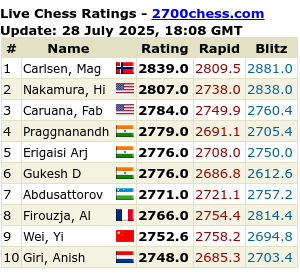Sometimes I overcome blunders easily! Yesterday I played a training game and blundered badly. After just nine hours playing with the kids, watching a funny movie and enjoying a glass of wine with some great cheese, I was able to see some interesting moments in the game.
As part of my new approach to playing, I will go for sharper games. Of course I missed a lot of good moves both when playing and when analyzing the game but there are great learning experiences in that as well.
How? Well, the idea of annotating your own games often feels overwhelming and too demanding. "How on earth am I going to find all the errors in my games? I'd better spend the time on shopping for opening books instead!" Totally off the target! You annotate your own games in order to improve you own chess. That is the main purpose and not primarily to make perfect annotations (whatever that is?).
My ambition to play a completely new repertoire had a fairly short lifespan. I decided to make some changes before trying the stuff in a single game. Embarrassing? Not really! It was a sort of well researched decision and furthermore just a minor change.
The training game had a few interesting moments and offered a few nice insights. I think I tend to overestimate the winning chances for the side with the initiative. After working for some hours with the game, I asked Mr Houdini for a few evaluations and they were not as optimistic as my own.
To read useful advice cannot hurt but quite often the full, if you like, force of the advice is hidden until you can apply the advice in a for yourself relevant situation. Sometimes two or more "advice" have to fertilize each other. Take for example Lasker's "when you see a good move then look for a better" and "the best way is not always the fastest". Let's try to tie all loose ends in this post together with one curious observation from the training game.
Look at the position after Black's 19th move (see below). White has to regain material but how? Qxc7 is obvious but look at the sneaky Qc6! A pretty neat move and it all comes together! One single discovery made the whole annotating effort to a soothing experience and I just might have transformed a few pieces of knowledge to something remotely similar to a skill. Something to be used in a future game!
(How do I set the initial diagram position using Aquarium?)










